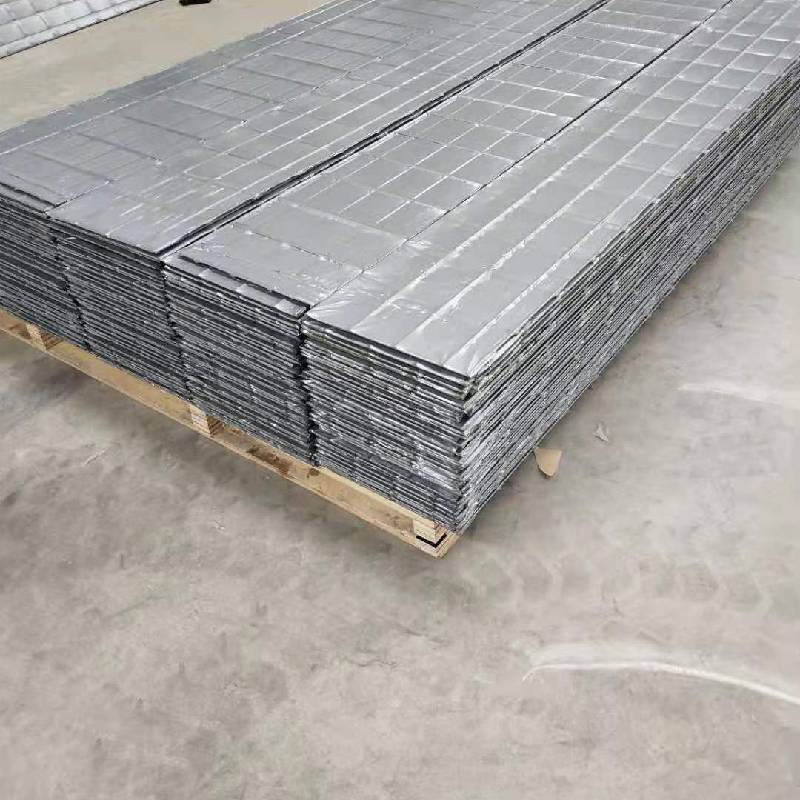
- Mobile Phone
- +8613931874955
- sales@cntcmetal.com
Reinforcing Walls with Durable Brick Tie Solutions for Structural Integrity and Stability
Wall Brick Ties A Crucial Component in Masonry Construction
When constructing walls using masonry materials like bricks or blocks, the structural integrity and durability of the assembly are paramount. One often overlooked but vital component in this process is the wall brick tie. These ties play an essential role in ensuring that masonry walls remain stable, secure, and capable of withstanding various forms of structural stresses.
Wall brick ties are metal connectors used to bond masonry walls to each other or to other structural components, such as steel or concrete. Generally, these ties come in various shapes and sizes, typically made from galvanized steel to prevent corrosion and ensure longevity. Their primary purpose is to maintain the stability of the masonry walls, especially in situations where the walls may be subjected to lateral loads or external forces.
One primary function of these ties is to provide lateral support to the wall. In structures that experience wind loads, seismic activity, or even the weight of the roof, it is crucial to prevent the walls from leaning or collapsing. Brick ties help distribute these loads evenly across the wall, enhancing its overall strength and load-bearing capacity. By anchoring the masonry units together, ties ensure that they work in unison rather than independently, thereby reducing the risk of a structural failure.
wall brick ties

Moreover, wall brick ties contribute to the overall thermal performance of the building. In colder climates, proper insulation is crucial for energy efficiency. These ties create an air barrier, minimizing thermal bridging, which can lead to heat loss. By maintaining a consistent temperature within the wall assembly, ties help enhance the energy efficiency of the structure, making it more comfortable for occupants.
The installation of wall brick ties requires careful planning and adherence to building codes and regulations. Typically, ties should be installed at regular intervals—usually every 16 inches vertically and at specific horizontal distances, depending on the height and load requirements of the walls. Proper spacing is essential not just for structural integrity, but also for effective performance over the lifetime of the wall.
It's also worth noting that the type and size of the wall brick tie can vary depending on the specific application. For example, ties used in residential construction may differ significantly from those employed in commercial buildings, where higher loads and different design considerations are at play. Additionally, architectural elements such as windows and doors may also influence the type of ties used.
In conclusion, wall brick ties are indispensable in masonry construction. Their ability to provide lateral support, enhance thermal efficiency, and ensure structural stability makes them a critical aspect of building design. With proper planning and installation, these ties not only protect the integrity of masonry walls but also contribute to the safety and energy efficiency of the entire building. As structures evolve and design innovations emerge, the significance of wall brick ties will undoubtedly remain a cornerstone of durable masonry construction.
share:
-
Your Source for Concrete Wall Ties and Masonry AccessoriesNewsJul.10,2025
-
Unlocking the Power of Iron Wire for Every ProjectNewsJul.10,2025
-
Explore Advanced Chain Wire and Stainless Steel Mesh FencingNewsJul.10,2025
-
Discover the Benefits of Annealed Wire ProductsNewsJul.10,2025
-
Discover China Stainless Steel Wire Mesh SolutionsNewsJul.10,2025
-
Build with Confidence Using High-Performance Masonry AccessoriesNewsJul.10,2025
-
Why Sacrificial Formwork Is Redefining Underground ConstructionNewsJun.06,2025



















